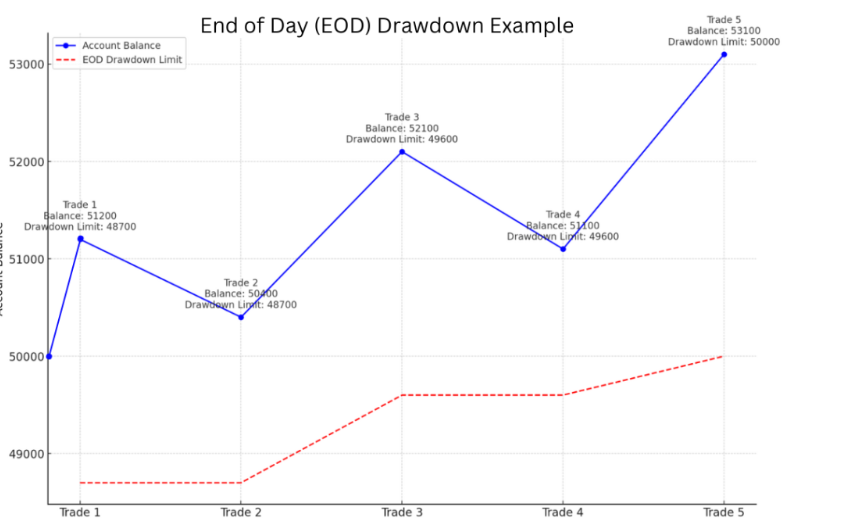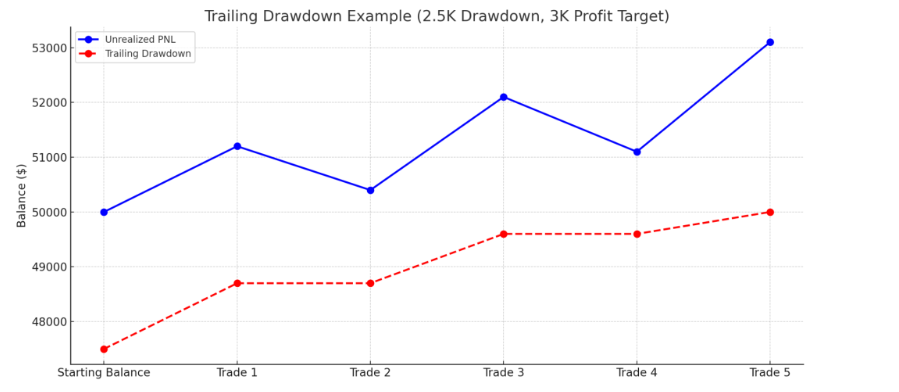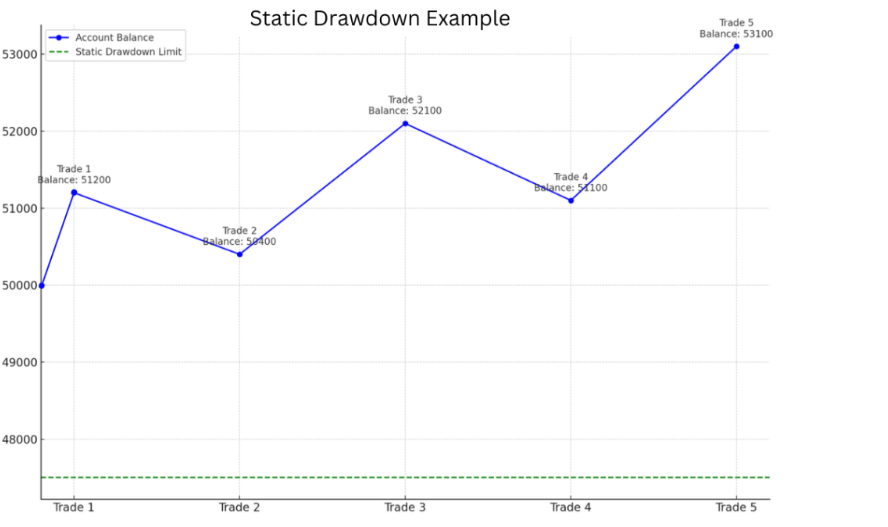What Are Proprietary Trading Firms?
Proprietary trading firms (prop firms) provide traders with capital to trade financial markets. Unlike traditional trading where you risk your own money, prop firms allow you to trade with their capital after proving your trading skills through evaluation challenges.
This arrangement creates a win-win situation: traders can access substantial capital without risking large personal funds, while prop firms benefit from skilled traders generating profits, which are then shared between the firm and the trader.
The Prop Firm Journey
Evaluation Phase
Purchase an evaluation account and demonstrate your trading skills by meeting profit targets while adhering to risk management rules.
Funded Account
After passing the evaluation, receive a funded account with real capital to trade in live markets under the firm's risk parameters.
Profit Sharing
Generate profits with the funded account and receive your share of the earnings, typically ranging from 50% to 90% depending on the firm.
Account Types: In-depth
End of Day (EOD) Drawdown
EOD drawdown is calculated based on your account balance at the end of each trading day. Your drawdown limit adjusts with your account growth, providing more flexibility as you make profits. This approach allows for larger intraday drawdowns as long as you recover before the market closes.

Key Benefits:
- More flexibility for intraday trading
- Drawdown limit increases as your account grows
- Allows for aggressive trading strategies with proper risk management
Common Prop Firm Rules
Profit Targets
Most prop firms require traders to reach specific profit targets during the evaluation phase, typically ranging from 8% to 15% of the account balance. These targets demonstrate your ability to generate consistent returns.
Example: A $100,000 account might require a $10,000 profit (10%) to pass the evaluation.
Minimum Trading Days
To prevent lucky trades from skewing results, many firms require a minimum number of trading days before you can complete the evaluation, typically between 5-10 days of active trading.
This ensures consistent performance rather than a single fortunate trade.
Daily Loss Limits
Most firms impose daily loss limits (typically 4-5% of account balance) to ensure proper risk management. Exceeding this limit in a single trading day results in evaluation failure.
This prevents catastrophic losses and encourages disciplined trading.
Maximum Drawdown
The maximum allowable account drawdown typically ranges from 8-12% of the initial balance. This overall loss limit applies throughout the evaluation period and funded phase.
The specific calculation method (EOD, Trailing, or Static) varies by firm.
Tips for Prop Trading Success
-
1
Focus on Risk Management
Prioritize capital preservation over aggressive profit-seeking. Use appropriate position sizing and always set stop losses to protect your account from significant drawdowns.
-
2
Develop a Consistent Strategy
Trade with a well-defined strategy that you've tested thoroughly. Consistency is more important than occasional big wins, especially during the evaluation phase.
-
3
Understand Your Drawdown Type
Know exactly how your prop firm calculates drawdowns and adjust your trading approach accordingly. Different drawdown types require different risk management strategies.
-
4
Trade with Patience
Don't rush to meet profit targets. Taking quality trades with proper setups is more important than forcing trades to reach targets quickly.
-
5
Keep Detailed Trading Journals
Document all your trades, including entry/exit reasons, emotions, and results. This helps identify patterns and improve your trading over time.

